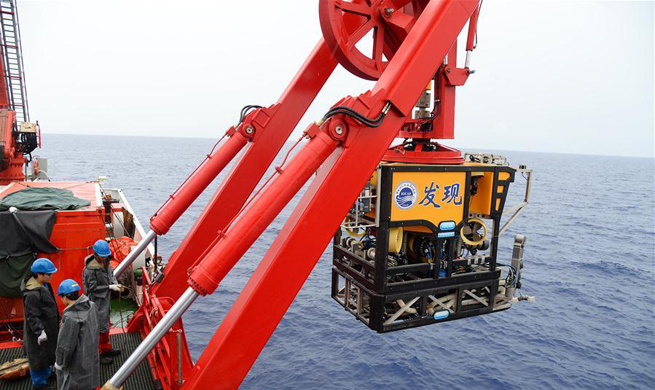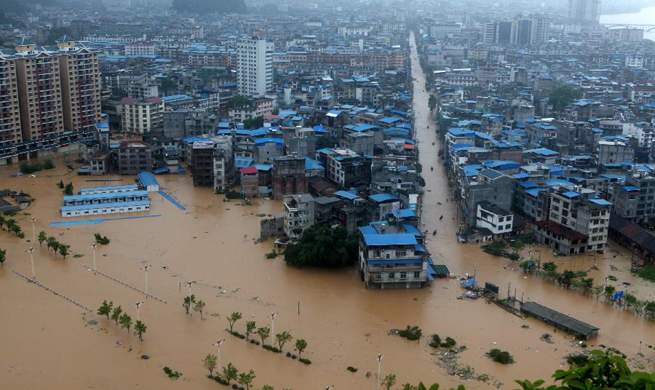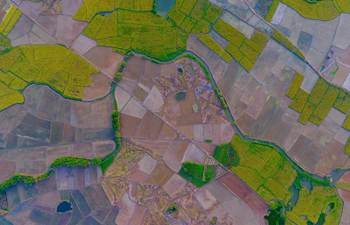HOUSTON, Aug. 14 (Xinhua) -- A microplate discovered off the west coast of Ecuador adds another piece to Earth's tectonic puzzle, U.S. Rice University researchers said.
According to a news release on Monday by the Rice University, Texas State, researchers led by Rice geophysicist Richard Gordon discovered the microplate, which they have named "Malpelo," while analyzing the junction of three other plates in the eastern Pacific Ocean.
The Malpelo Plate, named for an island and an underwater ridge it contains, is the 57th plate to be discovered and the first in nearly a decade, they said. They are sure there are more to be found.
The research by Gordon, lead author Tuo Zhang and co-authors Jay Mishra and Chengzu Wang appears in Geophysical Research Letters.
The Pacific lithospheric plate that roughly defines the volcanic Ring of Fire is one of about 10 major rigid tectonic plates that float and move atop Earth's mantle, which behaves like a fluid over geologic time. Interactions at the edges of the moving plates account for most earthquakes experienced on the planet.
There are many small plates that fill the gaps between the big ones, and the Pacific Plate meets two of those smaller plates, the Cocos and Nazca, west of the Galapagos Islands.
One way to judge how plates move is to study plate-motion circuits, which quantify how the rotation speed of each object in a group (its angular velocity) affects all the others.
"When you add up the angular velocities of these three plates, they ought to sum to zero," Gordon said. "In this case, the velocity doesn't sum to zero at all. It sums to 15 millimeters a year, which is huge."
That made the Pacific-Cocos-Nazca circuit a misfit, which meant at least one other plate in the vicinity had to make up the difference. Misfits are a cause for concern - and a clue.
Evidence for the Malpelo plate came with the researchers' identification of a diffuse plate boundary that runs from the Panama Transform Fault eastward to where the diffuse plate boundary intersects a deep oceanic trench just offshore of Ecuador and Colombia.
"With the Malpelo accounted for, the new circuit still doesn't close to zero and the shrinking Pacific Plate isn't enough to account for the difference either," Zhang said, adding "since we're trying to understand global deformation, we need to understand where the rest of that velocity is going. So we think there's another plate we're missing."

















